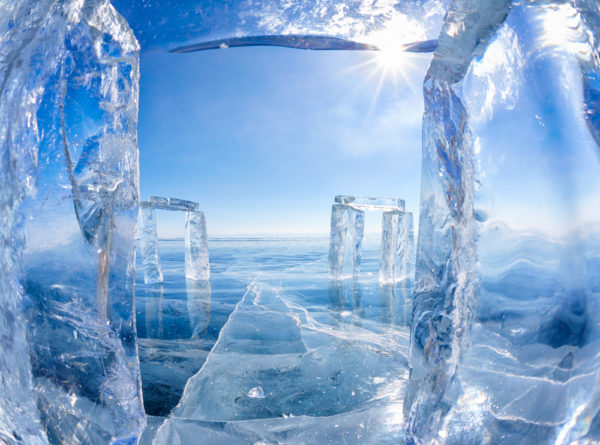
The winter solstice heralds the astronomical start of winter and marks the day with the fewest hours of daylight for the year. But what’s the science behind the shortest day and longest night?
The winter solstice — and for that matter, the four seasons — occur because Earth is tilted at an angle of about 23.5 degrees relative to the sun. Instead of rotating on a straight axis, our planet is “tipped a bit,” said Michael S. F. Kirk, a research astrophysicist in the Heliophysics Science Division at NASA’s Goddard Space Flight Center in Greenbelt, Maryland.
This tilt means the Northern and Southern hemispheres receive different amounts of sunlight, and the amount of light each hemisphere gets varies throughout the year as our planet moves around the sun — which is why we experience seasons. Much of the Northern Hemisphere receives scant daylight during its wintertime months, while the Southern Hemisphere experiences the opposite — enjoying summer during the Northern Hemisphere’s winter and enduring winter just as the Northern Hemisphere basks in summertime.
“Writer Fuel” is a series of cool real-world stories that might inspire your little writer heart. Check out our Writer Fuel page on the LimFic blog for more inspiration.

